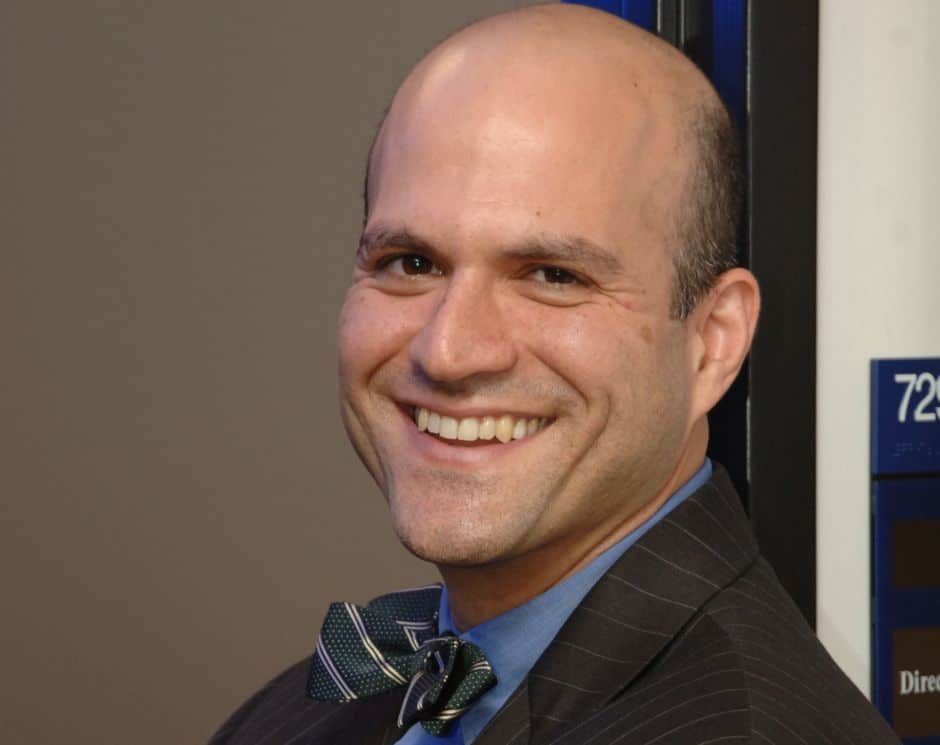Introduction

The Obama administration is forging ahead with a multi-billion dollar plan to shift from paper to electronic medical records, despite continuing concerns the program may be prompting some doctors and hospitals to improperly bill higher fees to Medicare. An investigation into those billing questions — which convened a hearing Wednesday — has yet to produce much in the way of results, and critics are questioning the seriousness of the efforts.
Some digital records software marketed to medical professionals may be encouraging use of elevated billing codes that pay fatter fees, according to the nation’s top health information technology official. That could undermine cost savings the government expects to achieve by adopting the digital systems.
“There is a lot we don’t know about that,” Farzad Mostashari, the National Coordinator for Health Information Technology, said Wednesday at a hearing of policy experts studying the billing issue. “We don’t know if the shift (in higher billing) reflects appropriate coding or inappropriate coding.” He added: “We don’t know if this leads to an increase in costs … or has other impacts.”
In October, Mostashari directed the panel of experts to investigate whether the digital systems allow doctors to cut and paste records from prior encounters with a patient, a practice known as “cloning.” Many experts say this process can raise the size of a patient’s bill, even though it reflects little in the way of added or necessary medical service.
Mostashari’s called for the review in the wake of the Center for Public Integrity’s “Cracking the Codes” series, which found that thousands of medical professionals have steadily billed higher rates for treating seniors on Medicare over the last decade — adding $11 billion or more to their fees. The investigation suggested that Medicare billing errors and abuses are worsening as doctors and hospitals switch to electronic health records.
Mostashari said at the start of Wednesday’s daylong hearing that it is “pretty clear” that if digital health records are “documenting care that didn’t occur, that’s not just fraud, it’s really dangerous medicine.”
But the policy panel spent less than an hour listening to four witnesses discuss the billing issue, suggesting that officials aren’t likely to quickly resolve concerns about potential fraud and abuse even as they commit up to $30 billion in government funding to encourage doctors and hospitals to purchase electronic records.
Ivy Baer, representing the Association of American Medical Colleges, recommended in her testimony that use of the “copy/paste” functions be limited and that doctors only document services “pertinent” to treating the patient’s current medical problem.
Michelle Dougherty, director of research and development from the American Health Information Management Association, said in prepared testimony that digital records can produce “volumes of redundant data” that are “very difficult to use and understand.” She said policy makers need to be aware of “red flags” that could produce inaccurate records — for instance, software that allows doctors with a single mouse click to check a box indicating that all body systems were examined and found to be normal, even though that not all were actually examined. Since doctors are compensated for the total amount of service they provide, these systems can improperly generate higher fees.
Dougherty also said that “cloned” documentation produced by cutting and pasting information from previous patient visits “continues to be a significant problem” that creates “unnecessary redundancy and at times inaccurate information.”
There was little talk of how wiring up medicine might raise doctor billings when President George W. Bush in 2004 set the goal of creating a digital medical record for every American within ten years. In early 2009, the Obama administration added billions of dollars in stimulus funds in the hopes that electronic health records would both enhance the quality of medical care and hold costs in check.
At the hearing’s conclusion panel chair Paul Tang, of the Palo Alto Medical Foundation in California, said that the group had little information about whether digital records improperly contributed to rising health care costs.
“We don’t have any data, positive or negative, that would be useful,” he said.
In all, the Obama administration expects to spend more than $30 billion helping doctors and hospitals purchase the gear and use it to improve health care. More than half the nation’s hospitals have received some payments, and so far more than $10 billion has been spent. Just over half the doctors now billing Medicare are using digital records.
But critics of the initiative have claimed for years that the office of national coordinator (ONC) has been more aggressive as a cheerleader for the technology industry than regulator and steward of billions of dollars in taxpayer money.
Donald W. Simborg, a California physician who participated in two government groups that studied the billing fraud issue, said on Wednesday that Mostashari’s review relies too heavily on panel members with close ties to the burgeoning health information technology industry. He questioned its effectiveness in determining if the digital equipment contributes to Medicare billing fraud.
Simborg likened the situation to “asking the NRA to investigate gun violence.” Simborg noted that the policy committee consists of strong supporters of electronic health records “who could hardly provide an unbiased and objective view on this.”
Ross Koppel, a sociology professor at the University of Pennsylvania, said that officials face a difficult balance in making sure that the software programs accurately reflect the services a doctor rendered and are not just maximizing payments.
In a brief interview on Wednesday, Mostashari bristled at the suggestion that his office is doing little to ensure that digital medical records don’t take taxpayers for a ride. “This is just the beginning of the conversation,” he said. An ONC official said that the Centers for Medicare & Medicaid Services plans to investigate the “upcoding” issue in regard to digital records, but could provide no details. The ONC panel is set to resume its deliberations today.
Criticism of the initiative also has come from Republicans in Congress concerned about its costs and from within the federal government.
In a Sept. 24 letter, Department of Health and Human Services Secretary Kathleen Sebelius and Attorney General Eric Holder warned five hospital and medical groups of their intent to ramp up investigative oversight, including possible criminal prosecutions, of doctors and hospitals that use electronic health records to improperly bill for more complex and costly services than they actually deliver — a practice known as “upcoding.”
In an Oct. 4 letter, four Republican House members urged HHS Secretary Sebilius to suspend government payments to hospitals and doctors, arguing the program may be wasting tax dollars and doing little to improve the quality of medical care. They argued that tax dollars spent so far have failed to ensure that the digital systems can share medical information, a key goal. Linking health systems by computer — called interoperability — is expected to help doctors avoid costly duplication of tests and medical errors. The House members have yet to get a response, according to a spokesperson.
The HHS Office of Inspector General also is investigating what it called “fraud vulnerabilities” related to use of electronic health records. The report is “currently in process” and is expected to be released sometime this year, according to agency spokesman Donald White.
While many experts believe that digital records will eventually prove their worth and help doctors keep people healthier, the government program has spawned an aggressive sales push by technology companies, which typically stress that their products can significantly boost the bottom line for doctors and hospitals. One company predicts an increase of one Medicare coding level for each patient visit to the doctor, potentially adding $225,000 in new revenue in a year, for instance.
Federal officials lack any system to monitor the accuracy of hundreds of billing and medical software packages in use across the country. That shortcoming caught the eye of the American Medical Association, which helped develop the billing codes and favors stricter government standards. In May, the doctors’ group urged officials to require testing that assures digital devices bill accurately and “do not facilitate upcoding.”
The information technology industry generally agrees that computerized medical records can lead to higher costs. But it argues that the software makes it easier for doctors and hospitals to more efficiently document all of the work they do — which they often failed to do on by hand on paper.
Read more in Health
Health
Medicare fraud outrunning enforcement efforts
Official: agency failed to investigate 1,200 complaints due to staff shortages, and more cuts coming


Join the conversation
Show Comments